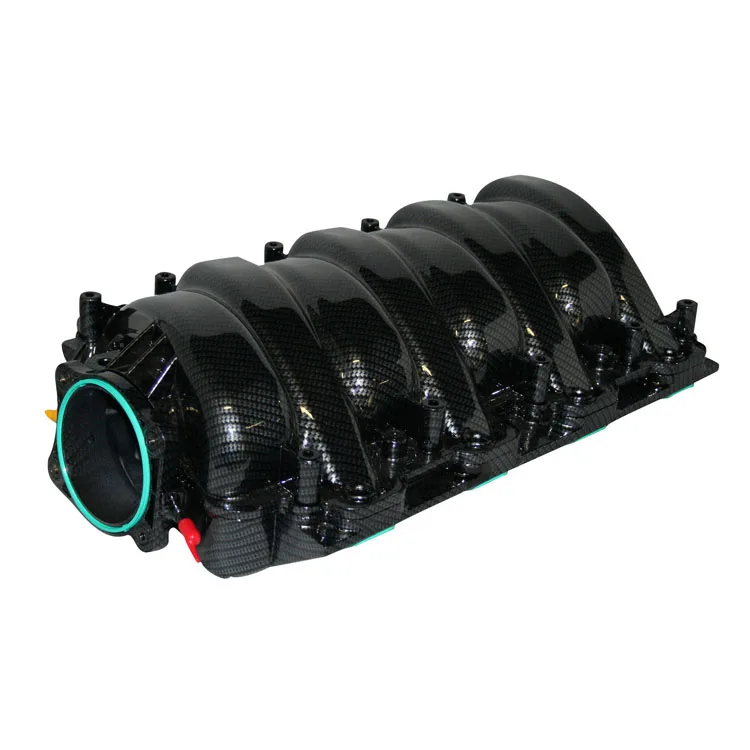
This high pressure in the exhaust manifold forces the gas to “squirt” out through the collector and into the exhaust pipe. The gases in the exhaust manifolds are very hot, which increases the pressure. This phenomenon is known as ‘reversion’ and is known to ruin engines. Along with air and fuel from the intake, the engine would suck cold air in through the exhaust valve, exponentially increasing combustion chamber temperature and quickly melting the exhaust valve, valve seat, and piston top. Without a manifold, all of the combustion gases would rush out quickly making the exhaust valve the path of least resistance for airflow into the cylinder. When the engine’s intake valve opens and the piston goes down, which means the air-fuel mixture is sucked in through the intake valve, the exhaust valve is also slightly open. The exhaust valve is pivotal for removing waste products of the combustion process from the engine. On others, they are connected by a crossover pipe and exhaust through a shared muffler and tailpipe. In some V-8 engines, each manifold is connected to a separate exhaust pipe, muffler, and tailpipe.

However, engines with a ‘V’ arrangement (V6, V8 and V12) have two manifolds, one for each bank. Two-, three- and four-cylinder engines have one exhaust manifold because there’s only one bank of cylinders to extract exhaust gases from. The manifold is a metal piece bolted to the side of the cylinder block on L-head engines and to the side of the cylinder head on I-head engines. Once they leave the exhaust manifold, the gases go through the car’s emissions system and mufflers and out the tail-pipe. What is the exhaust manifold and why is it important?Ī car’s exhaust manifold is used to take the exhaust gases from the engine cylinders to the exhaust pipe beneath the car body.
#MANIFOLD CAR HOW TO#
But what exactly is it? How hot do exhaust manifolds get? Why do exhaust manifold bolts break? Read on to find out all you need to know about this important piece of your car’s engine and how to find some of the most common problems. Without it, all that science would go to waste. This vital piece of the engine is responsible in part for keeping the engine cool and allowing more combustion to take place. This makes it one of the most important parts of your engine, even if it just sits there with gas moving inside it. What comes along with this power, however, are exhaust gases that need to be gotten rid of through the exhaust and this is precisely the job of the exhaust manifold. The process of taking nothing more than air and fuel and using compression or ignition to create mechanical power is one of the most important scientific discoveries of all time. The combustion process is a wonderful thing.

4 How to replace your exhaust manifold and gasket.

3 Symptoms of exhaust manifold problems.1 What is the exhaust manifold and why is it important?.


 0 kommentar(er)
0 kommentar(er)
